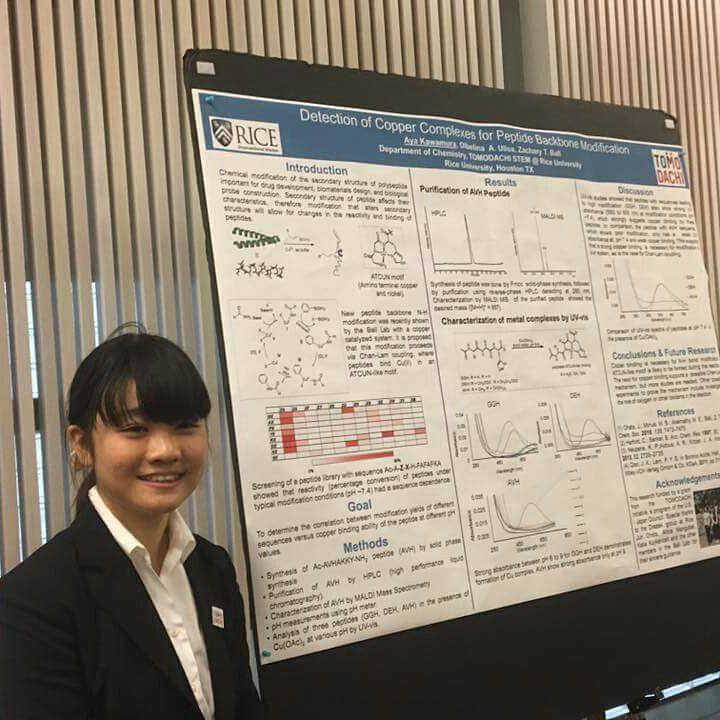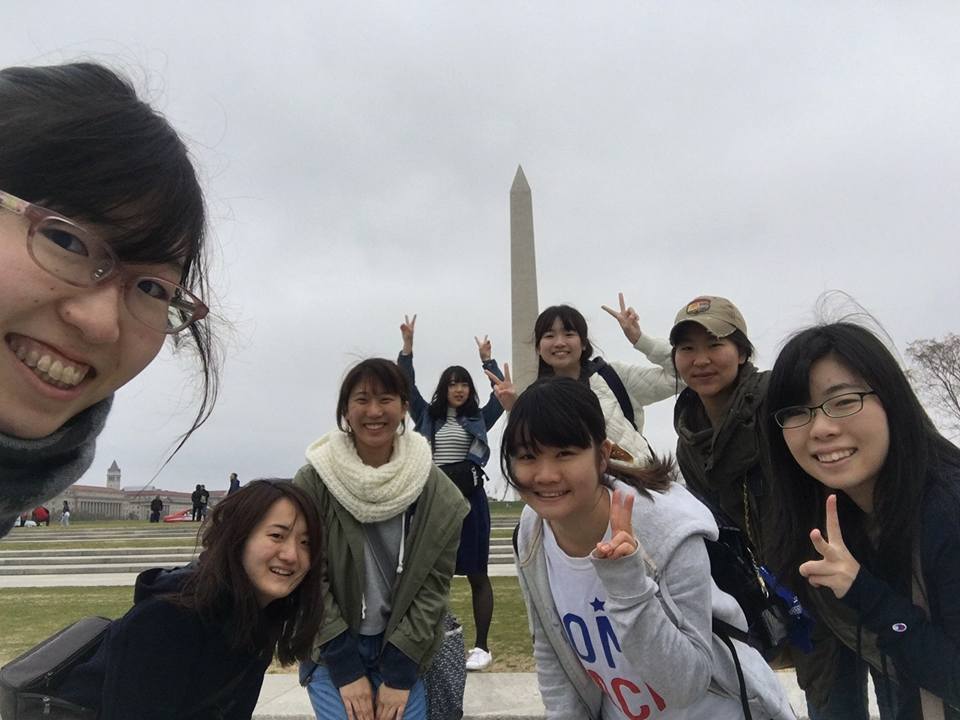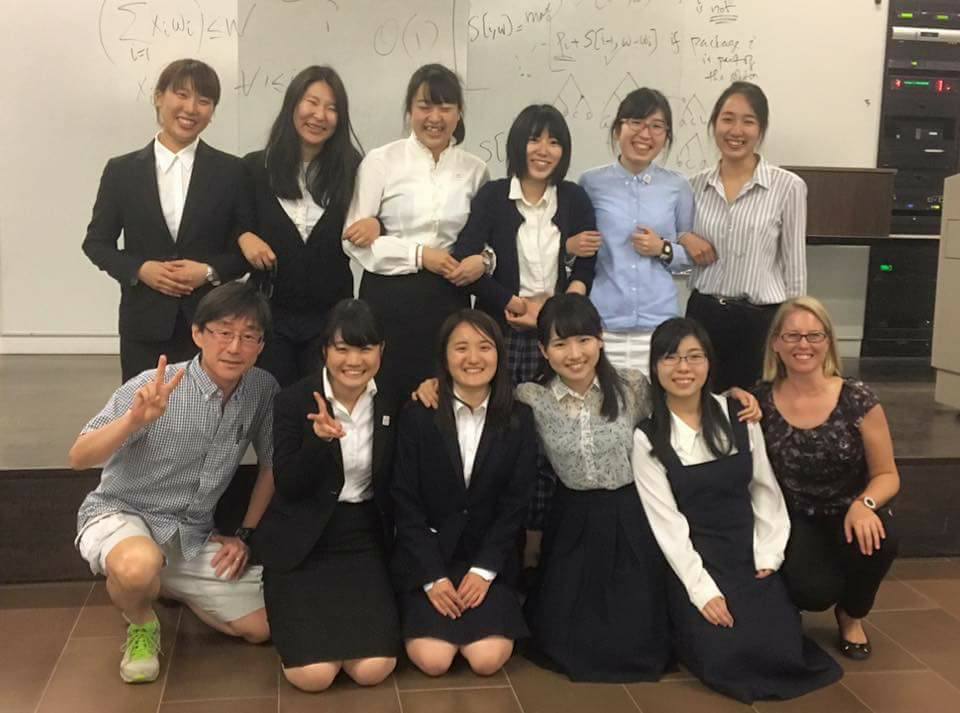Voices of the TOMODACHI Generation: Aya Kawamura
 1. How did you hear about the TOMODACHI Initiative and the program(s) you participated in?
1. How did you hear about the TOMODACHI Initiative and the program(s) you participated in?
The programs that I have participated in include 2017 TOMODACHI-STEM @ Rice University Program and TOMODACHI Alumni Disaster Resilience Program: Kobe Workshop.
I heard about my first TOMODACHI program, TOMODACHI-STEM @ Rice University, during a lab visit at my university. I told the professor that I was looking for an opportunity to not only study abroad but to also to gain an experience that is a little more unique. He then told me about this program. Particularly since my major is part of STEM, I immediately decided to give this program a try.
After I attended the STEM program, I was looking for another opportunity to get involved in TOMODACHI. I found out about the TOMODACHI Alumni Disaster Resilience Program while searching the TOMODACHI webpage. I thought it would be a good opportunity to learn more about natural disaster preparedness, so I decided to apply.
 2. What did you learn from the program(s) you participated in?
2. What did you learn from the program(s) you participated in?
Conducting research and creating a poster presentation was brand new for me. I learned the basic principles of “what research is” and how to convey research results to the public. It was a precious experience to learn about the American lab atmosphere, to attend lab meetings every week, and to listen to PhD degree defense thesis presentations.
Though I also became able to use English scientific terms, I still feel I need practice more to improve my language skills. So, now I’m looking forward to the next opportunity to conduct research abroad.
Moreover, I realized the importance of staying connected to other women professionals and women mentors, especially since women face more physical and social workplace challenges than I was aware of. Since before I had only stayed within my university, I now realize that not many students are aware of these facts. So, I am grateful to have had this eye-opening opportunity to learn more about women’s disadvantages, and I really want to keep in touch with the wonderful women participants and the people I met in the U.S.
Not to mention, the application process for American graduate schools has become clearer to me as well. One of the participants is actually going to enroll as an American graduate school student, so attending American graduate school is a more realistic goal after having participation in this program.
From the disaster resilience training, I understood the importance of knowing about disasters as “a Japanese person.” If I step out of Japan, people around me would be interested in hearing about how difficult the disaster was. I need to be able to answer responsibly about the disaster and inform others from my perspective as a Japanese. Although it was hard to hear about the disaster, the program was a precious opportunity to know what really happened in Kobe and Tohoku from the different generations that were directly affected by the earthquakes.
3. What are your future goals? How do you want to build on/utilize what you learned from the program(s) for your future?
My dream is to be a chemist to solve environmental or medical issues existing throughout the world. I also want to conduct research in many different countries with scientists from all over the world.
I think the experience in the U.S. was the first step to realizing my dream. The most important learning that I will never forget from this experience is to not hesitate to make mistakes, and to be strong and not scared to try something new or to speak out. I will always keep in mind what I learned and will study hard to realize my dreams.
Moreover, as a Japanese, I want to study more about natural disasters.



